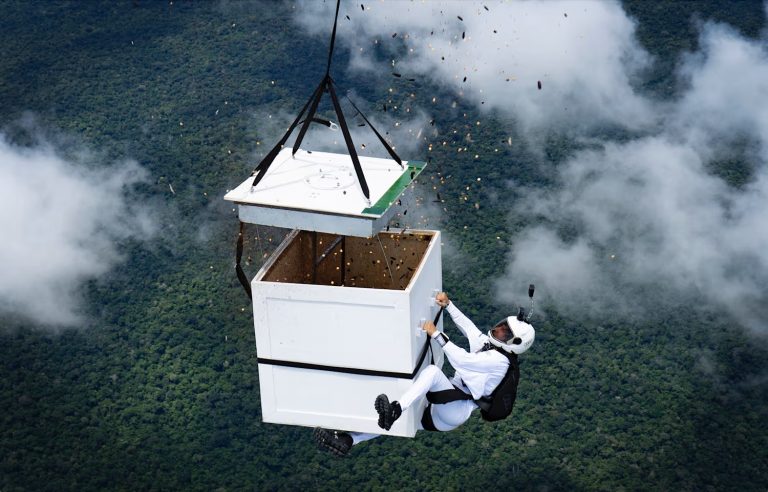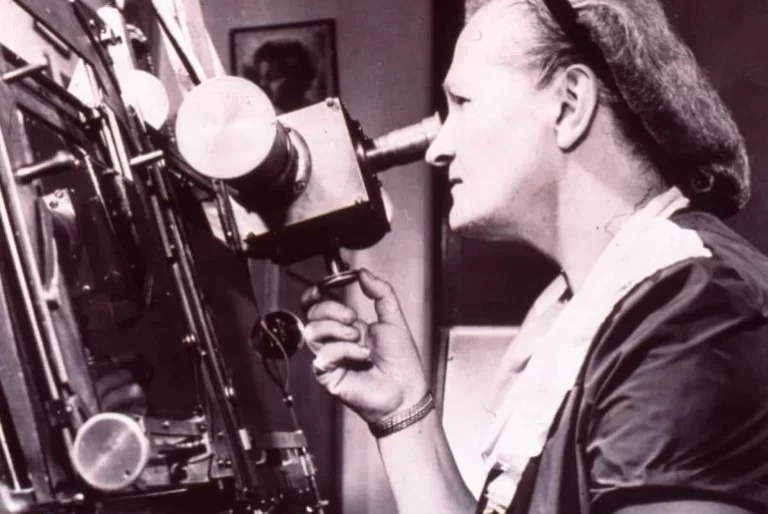The 2024 Olympic surfing competition is taking place in Tahiti, 10,000 miles from Paris. Here’s why this location is ideal for the event.
Surfing will be a highlight of the 2024 Olympics, and unlike most events taking place on the French mainland, surfing will be held nearly 10,000 miles away in Tahiti.
The village of Teahupo’o on the tropical island of Tahiti will host the competition. Tahiti is in the middle of the Pacific Ocean and is part of French Polynesia, an overseas territory of France.
This will be the second time surfing is featured in the Olympics, following its debut at the Tokyo Games in 2021.
Here’s everything you need to know about this year’s Olympic surfing event in Tahiti.
Where is the surfing competition?
Surfers are competing off the coast of Teahupo’o, a village on the southwestern side of Tahiti known for its powerful waves. Olympic organizers chose this location to align with Paris 2024’s goal of spreading the Games across France.
According to Ben Thouard, an ocean photographer who will be taking pictures from the water during the competition, the surfing conditions in Tahiti are more favorable at this time of year compared to France.
“Tahiti is part of France, and Teahupo’o is one of the most famous and challenging waves in the world, so it’s a great choice for the Olympics,” he said.
Tahiti is part of French Polynesia, an overseas territory of France in the South Pacific Ocean, and is one of about 130 islands in the territory.
While this is the first time Teahupo’o will host an Olympic competition, it regularly hosts surfers from around the world competing for the World Surf League Tahiti Pro title.
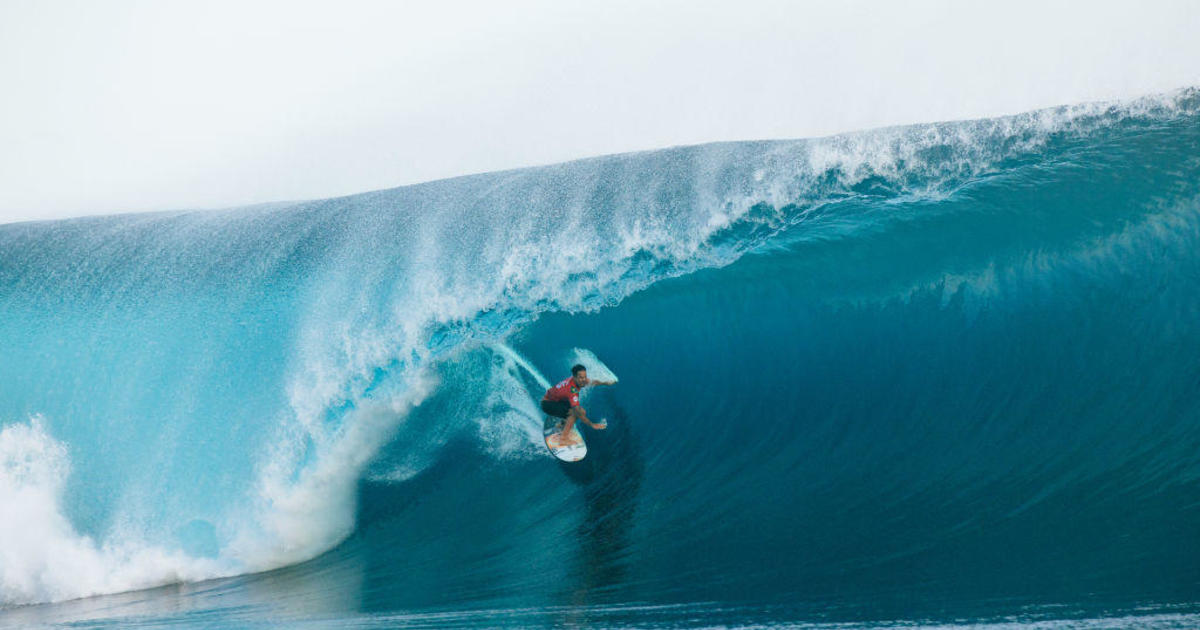
BRIAN BIELMANN/AFP via Getty Images
What are the surfing conditions expected in Tahiti?
Surfing at Teahupo’o is no easy feat. The waves there are some of the biggest and most dangerous in the world, reaching heights of up to 20 feet.
The size and quality of the waves during the Olympics will depend on storms in the South Pacific and local weather, according to Ben Thouard. “It’s a combination of both factors that will determine the conditions,” he said.
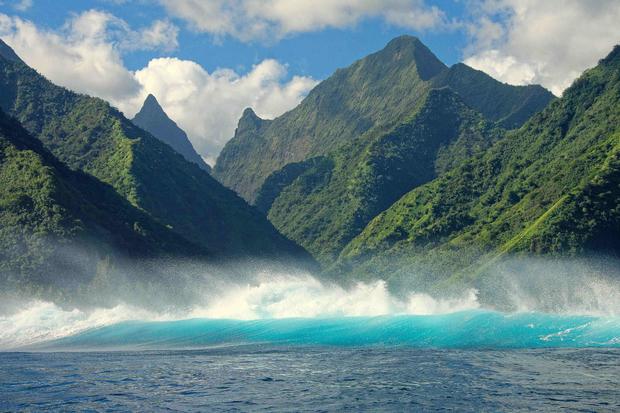
Bru G/Andia/Universal Images Group via Getty Images
Storms in the South Pacific, south of New Zealand, create the swells that reach Tahiti’s coast, according to Ben Thouard. During Tahiti’s winter, from April to October, strong winds and consistent swells from the South Pacific make for great surfing conditions. The Olympic competition falls right in the middle of this season, which should be favorable.
Local weather, especially the wind, can also affect the surfing conditions. “The wind is very important because it can change the surface of the water,” said Thouard. “When the wind blows offshore, or out to sea, it usually makes the waves cleaner, which is what surfers want.”
How is the Olympic surfing venue set up?
During the surfing competition, judges and coaches will be in a small tower on a lagoon, according to Ben Thouard. Journalists and photographers, except Thouard who will be in the water, will be on nearby boats. The event will be closed to the public, so spectators will need to watch it on TV.
In Teahupo’o, the waves break over a shallow coral reef more than half a mile from shore. This means athletes and the Olympic team will need to take a boat to reach the starting point.
On land, there will be an Olympic Village with modular homes that will be used as social housing after the Games are over.
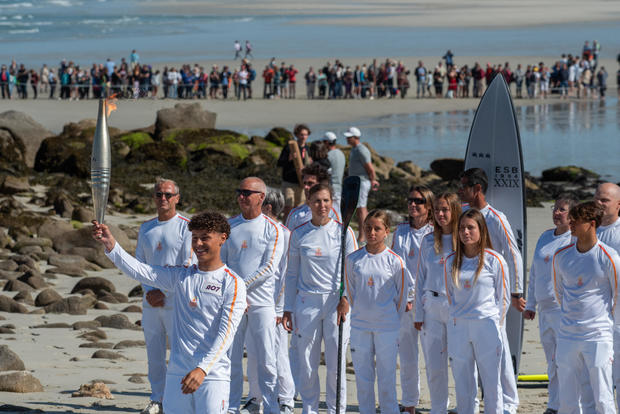
OSCAR CHUBERRE/AFP via Getty Images
History of the Island of Tahiti and surfing
Tahiti has been a popular surfing spot since the 1960s, but surfing in Polynesia has a much longer history. According to NOAA, surfing in Polynesia goes back hundreds, or even thousands, of years and is considered an important part of Polynesian culture, treated as an art form rather than just a sport.




